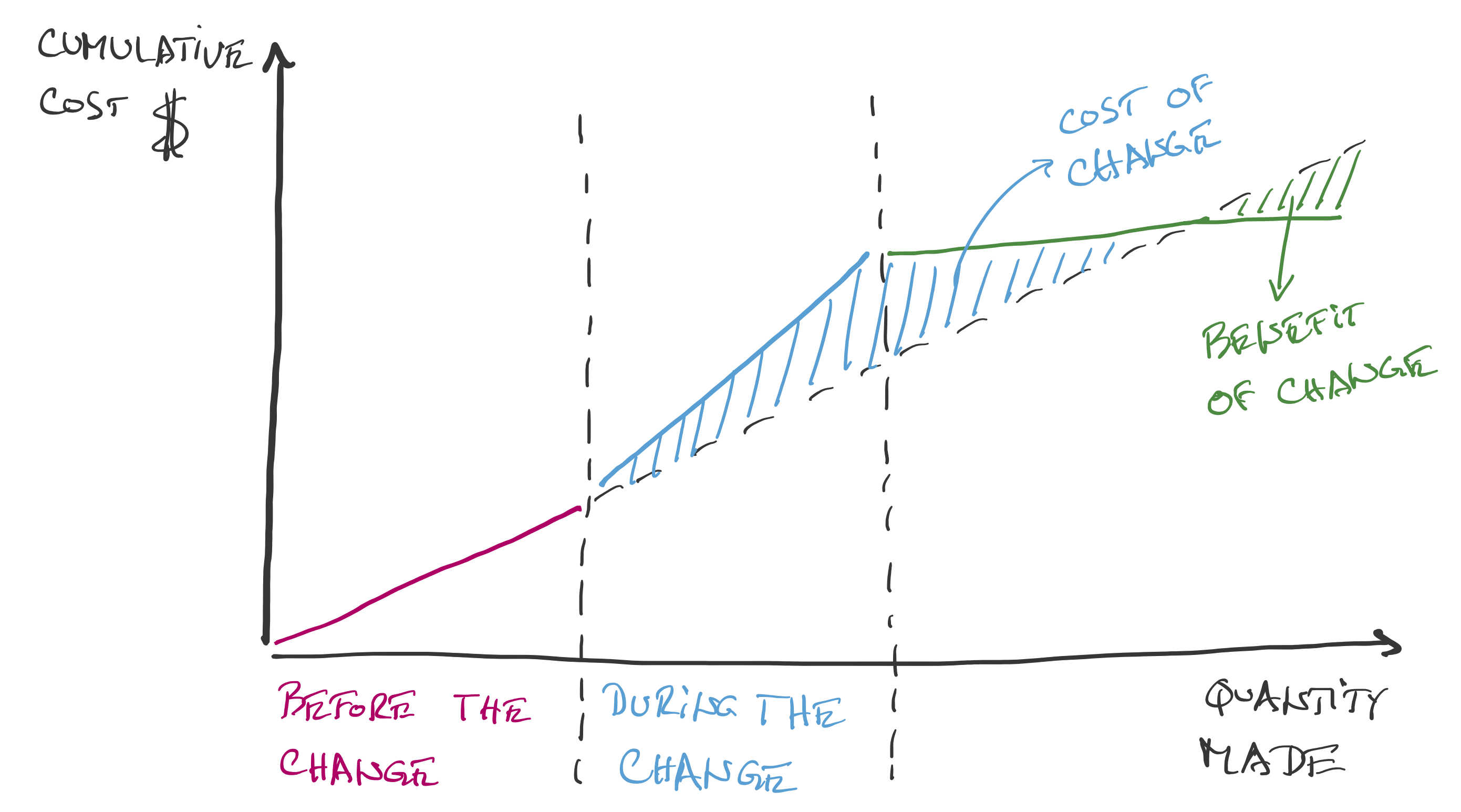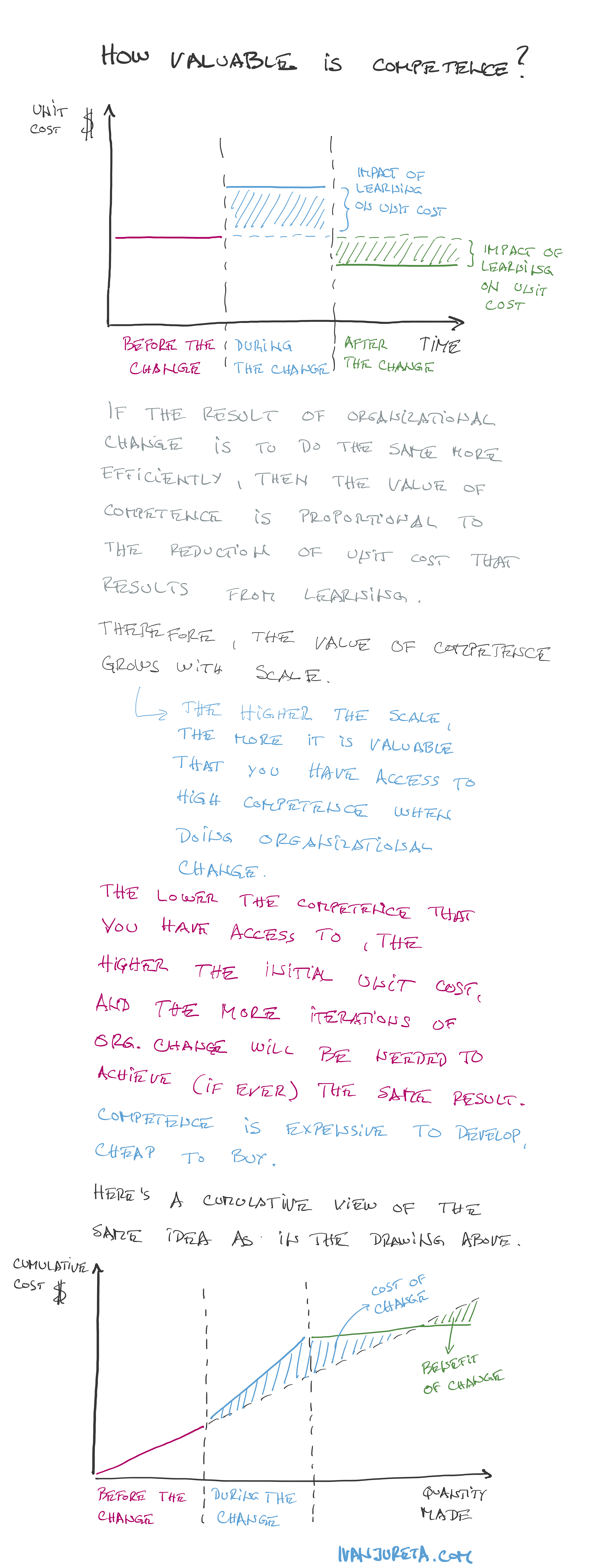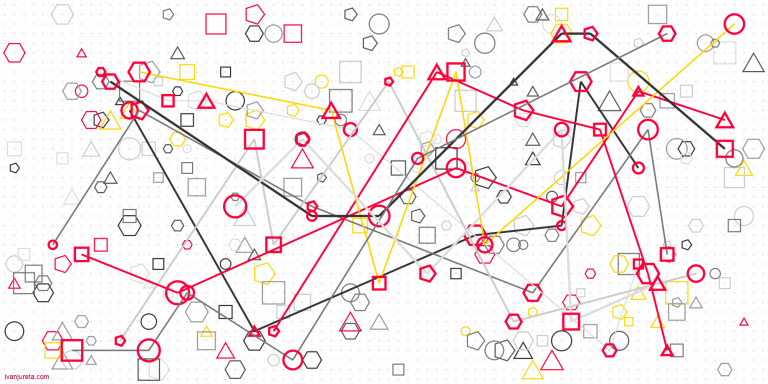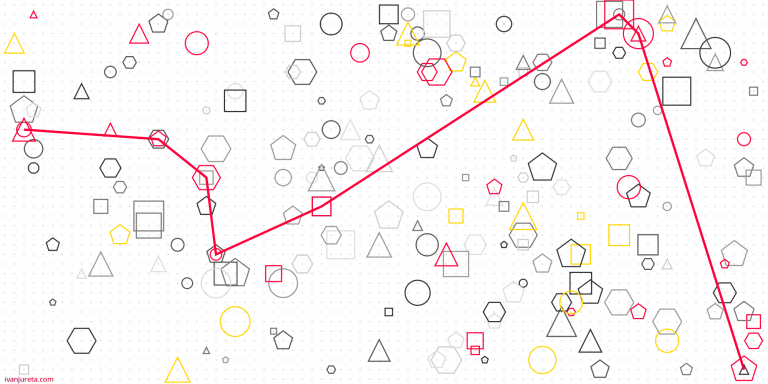Value of Competence



Figures 1 and 2 show cost versus time; Figure 1 shows long iterations, Figure 2 short iterations. We choose to do something at time zero, at the origin of the graph in the Figure, and when we do so, we do it under some assumptions that we made at that time. Dashed red lines convey…

To override a decision, you need to know a decision was made (observability), have rights to override it (authority), and believe that doing so will lead to a better outcome, including preventing undesirable outcomes (superiority).

As decision governance influences how decisions are made, everyone who participates in preparing a decision, makes the decision, and lives with the consequences of it, is a stakeholder in the design and change of decision governance.

Decision governance consists of defining how decisions should be made, and auditing that the processes for doing so are in fact applied. While it often seems like decisions are simply made, and there isn’t much to govern, this is incorrect. It is possible to completely change how to think about decisions, in particular in terms…